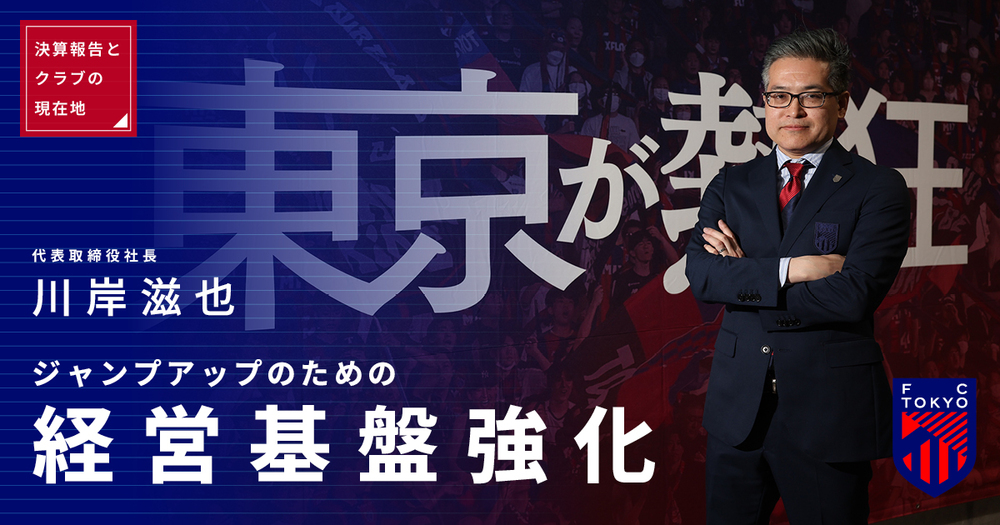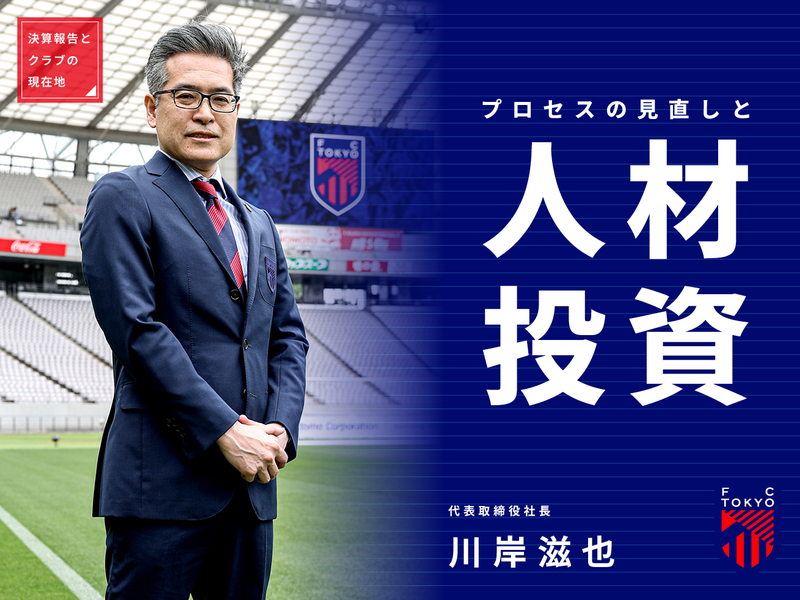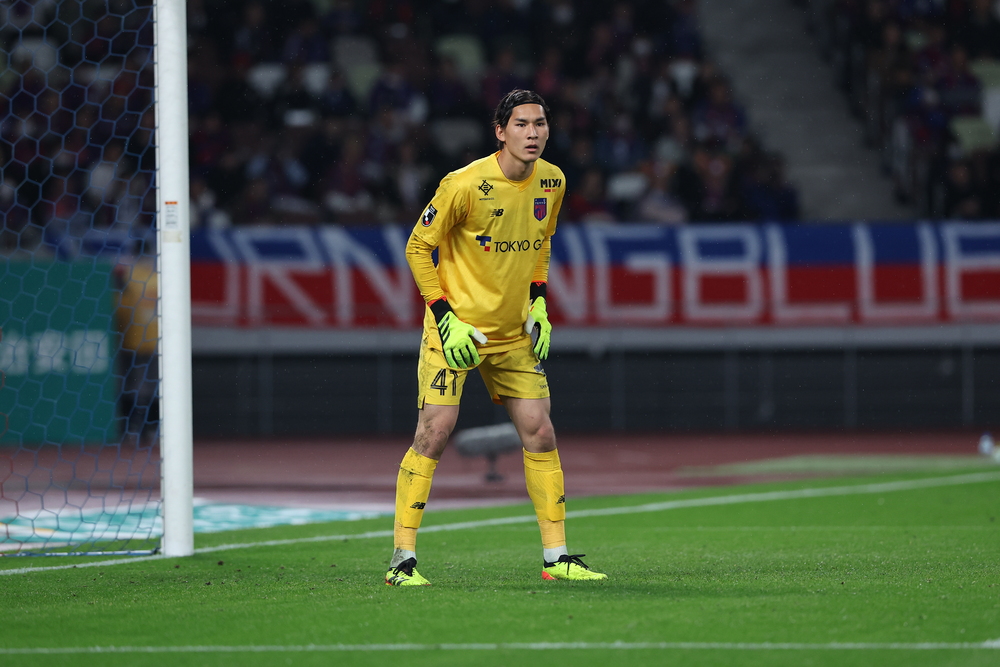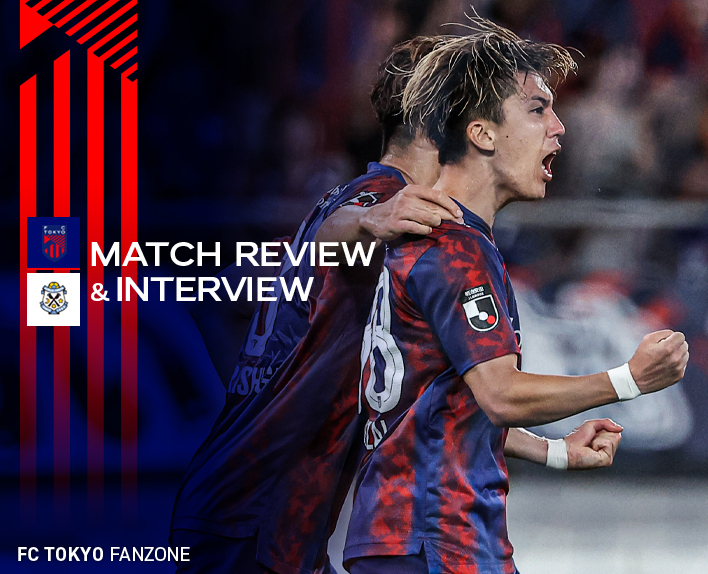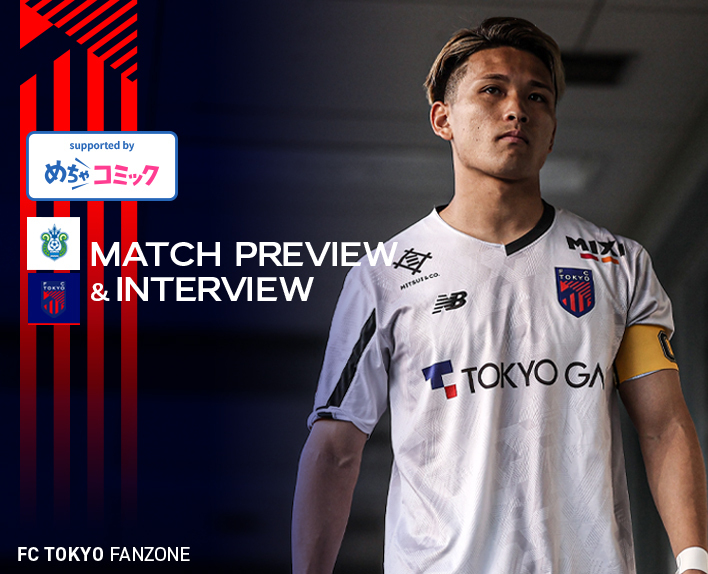FC Tokyo's 2023 fiscal year financial report, announced on May 21st. The operating revenue reached a record high of 5.929 billion yen, achieving a growth of 660 million yen compared to the previous year. However, there is also the current situation of recording a deficit for the fourth consecutive year.
What kind of efforts were made there? And what is the current state of the club, looking towards a complete recovery from the pandemic and the future?
In the first part, we spoke to President Shigeya Kawagishi about the background of record-high sales and four consecutive years of deficit, as well as the support for the drastically changed academy.
Coverage and Composition = Kei Sato (Freelance Writer)
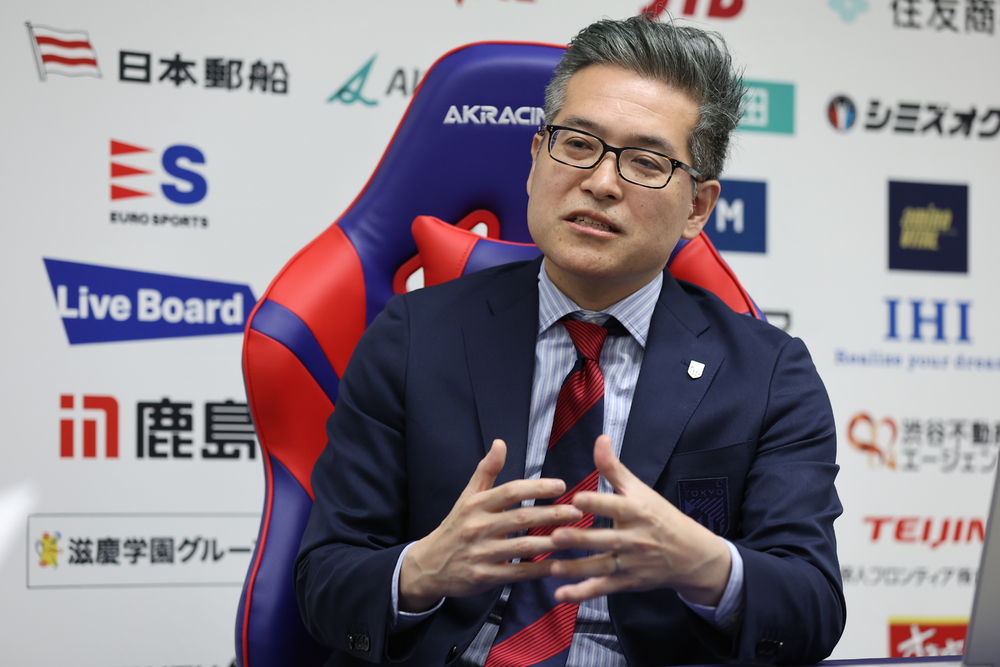
──The financial results for the 2023 fiscal year have been announced. First, please share your thoughts on these numbers.
Kawagishi The sales figure is used to indicate the scale of the club's management. In the 2019 fiscal year before the corona, it was about 5.635 billion yen, but in the 2023 fiscal year it will be about 5.929 billion yen. We were able to increase it by about 300 million yen. It is also a record high for the club, and it means that we have exceeded the ceiling so far. We would like to thank not only the players, but also the team staff, club employees, fans and supporters, and partner companies.
──What is the reason for the record high sales?
Kawagishi It can be said that various efforts have been reflected in the numbers, not just one. We have focused on all segments (fields). First of all, how can we increase the advertising revenue, which is the largest source of income? How much can we increase ticket revenue as we recover from the corona pandemic? And merchandise revenue. FC Tokyo used to have a merchandise revenue of about 300 million yen (as of fiscal year 2019 before the corona pandemic), which was a lower number in the entire J1 league. The same goes for schools. We used to promote it in the context of popularization activities, but we changed our perspective to look at it as a school business. We believe that these efforts in various areas have led to positive results.
──Advertising revenue, which is the main pillar, was 2.84 billion yen.
Kawagishi Increased by about 300 million yen from the previous year. It has been two years since I became president, but I believe that we have achieved certain results by reviewing and organizing our sales system to take responsibility for our target numbers. In terms of ticket revenue, we were able to increase it from about 900 million yen in the previous fiscal year to 1.2 billion yen, including the sales of SOCIO (annual tickets). In terms of merchandise revenue, we had reached 400 million yen in the previous fiscal year, but in 2023, we exceeded 600 million yen. This is thanks to the hard work of each person in charge.
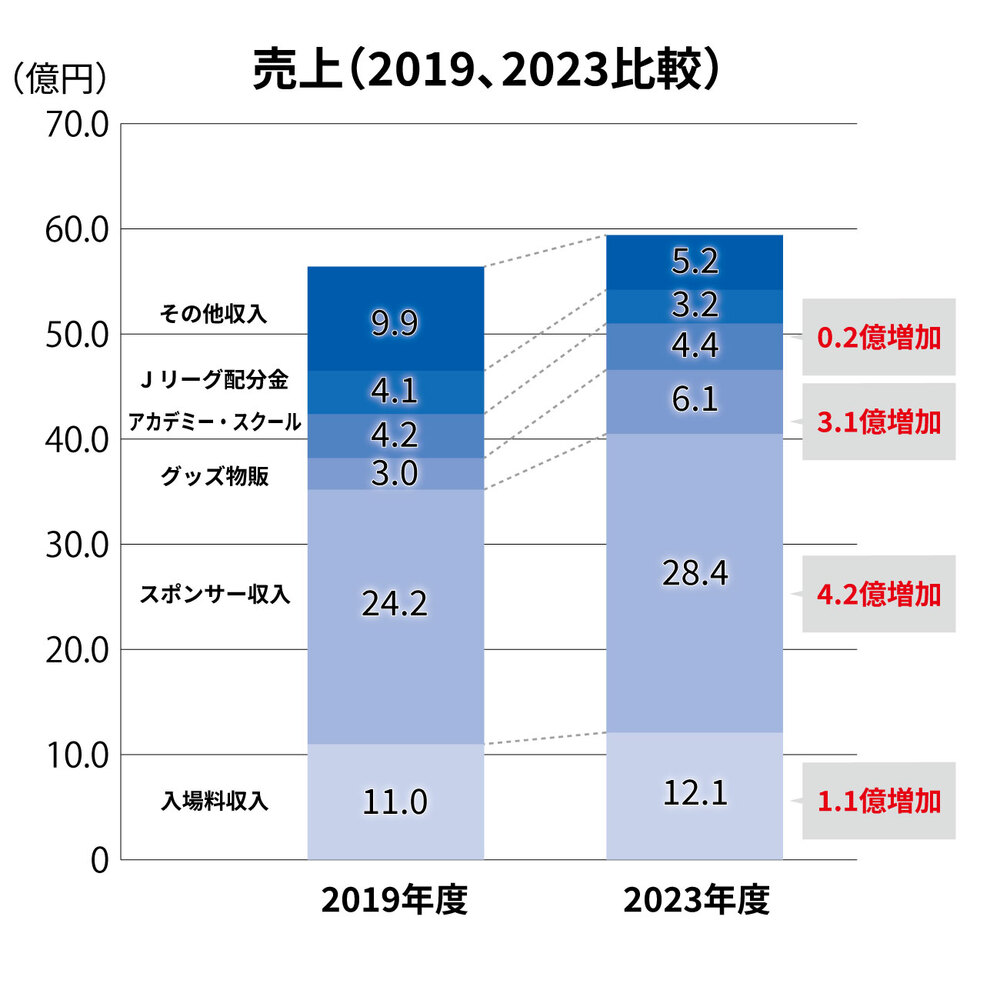
- Were there any common improvement points in each segment?
Kawagishi has been working on a thorough review of processes and investing in human resources. In particular, we are actively investing in our personnel. As I became the president of the football club, I realized that without people, we cannot produce results and cannot grow the club. We see investing in increasing our excellent staff and nurturing talented individuals as an investment, and we are actively working on it. We may not be a large company, but we have already increased our business department staff by 10 people. However, to be honest, I did not expect the overall numbers to grow this much in just 2 years.
──Do you also feel a change in the awareness of employees and staff?
Kawagishi I feel this every day. I am sending a message asking each person to clearly think about "why we are doing each task." The 'FC Tokyo VISION 2030' formulated in March last season is a guideline to align everyone's direction, and as a result, the managers of each department have organized what kind of numbers they should aim for and what efforts are necessary to achieve that, and I believe that everyone has worked diligently together to achieve the highest sales ever.
What specific efforts were made to increase merchandise revenue, which was relatively low among J.League clubs?
Kawagishi First, we talked about changing our mindset. For example, about selling uniforms. In the past, there was always a mindset of not wanting to take too much inventory risk, and it seems that the person in charge was struggling every season with the initial purchase quantity. However, uniforms should be items that can be purchased when you want to buy them. I told the fans and supporters, "Let's stop the situation where there are no items for sale when you go to the merchandise shop." It means that we will take risks in purchasing and make sure to stock up on products. If there are items for sale, sales will also increase. There are still cases where items are out of stock, but we are now purchasing more products than last season and managing with inventory risk.
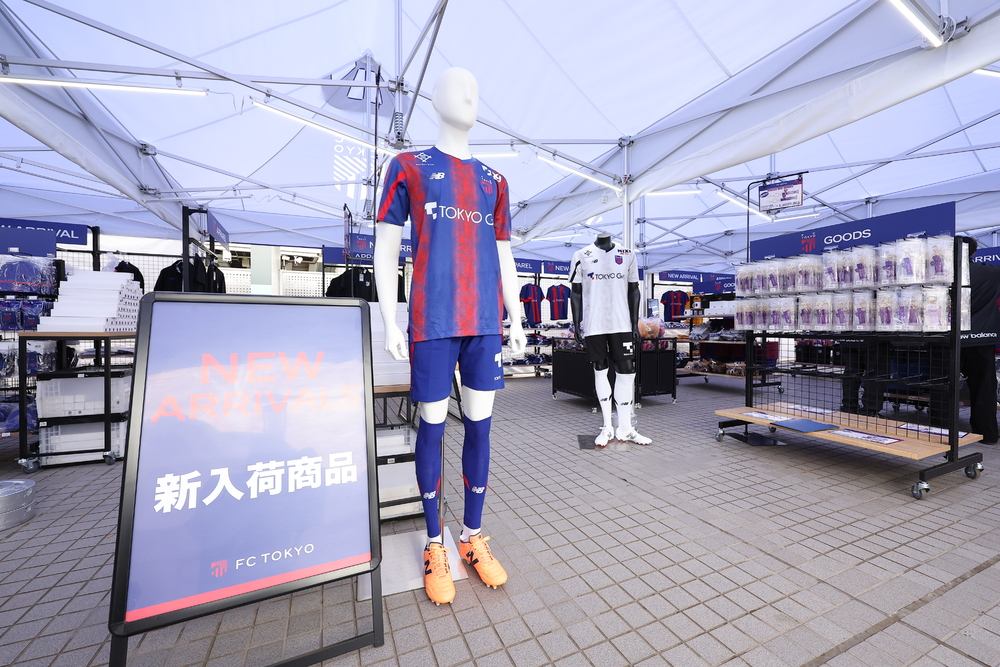
- On the pitch, it is often said that "you can't expect big returns without taking risks", but isn't it difficult to change your mindset to taking risks on the business side?
Kawagishi As stated in "VISION2030", when we thought about becoming Tokyo=FC Tokyo, we realized that we cannot move forward if we stay small, and we will never reach that stage. Challenges are necessary. Of course, there will be trial and error in the process, but that is when we have "realizations". Of course, we will discuss how much return there will be, but we have been moving forward with a perspective that the management team can also accept.
In addition, what was significant was becoming a subsidiary of MIXI. Previously, Tokyo Gas was the parent company and provided support, but in terms of capital relationship, the club was not independently managed and could not absorb losses. However, in discussions with MIXI, if we can explain it properly, it is considered acceptable to even create a business plan with a deficit. In that sense, for the fiscal years 2023 and 2024, we are also planning for a deficit, but MIXI will absorb that amount, so we can manage with confidence. In the past, we may have thought about what to do when the retained earnings run out or if we need to increase capital. Currently, our thinking is more focused on how to use the money rather than how to save it.
──In the financial report, the operating loss was approximately 96 million yen and the final profit and loss was 228 million yen. Although this is the fourth consecutive year of deficit, can we consider this number as planned, as mentioned in the current explanation?
Kawagishi Yes, that's right. To explain a little more about the financial results for the 2023 fiscal year, there were changes on the income side. By finishing second in the 2019 season in the Meiji Yasuda J1 League, we received 250 million yen, 250 million yen, and 200 million yen respectively for the next three seasons as part of the J-League's philosophy strengthening allocation. However, this ended after the 2022 fiscal year. In addition, the equal distribution funds were reduced by 110 million yen.
These changes in revenue were known before the start of the 2023 fiscal year, so it was important to figure out how to respond to them in the midst of changing "preconditions." The operating deficit for the 2022 fiscal year was 87 million yen, so if we add the decrease in distribution income of 310 million yen, it would result in a deficit of about 400 million yen if we were to do things normally. The management challenge for the 2023 fiscal year was how much we could recover from this 400 million yen deficit. As mentioned earlier, I explained that sales increased by 660 million yen compared to the previous year, but when taking into account the decrease in distribution income, it can be calculated that the club's actual strength increased by nearly 1 billion yen in sales. I think this number itself is a good one considering the current size and strength of the club, and it exceeded our plans by a large margin.
We also conducted impairment, but this is a form of recording costs in advance for the future. We implemented this in consideration of future prospects in order to increase management flexibility after fiscal 2024. There is no problem at all as the capital situation is also strong.
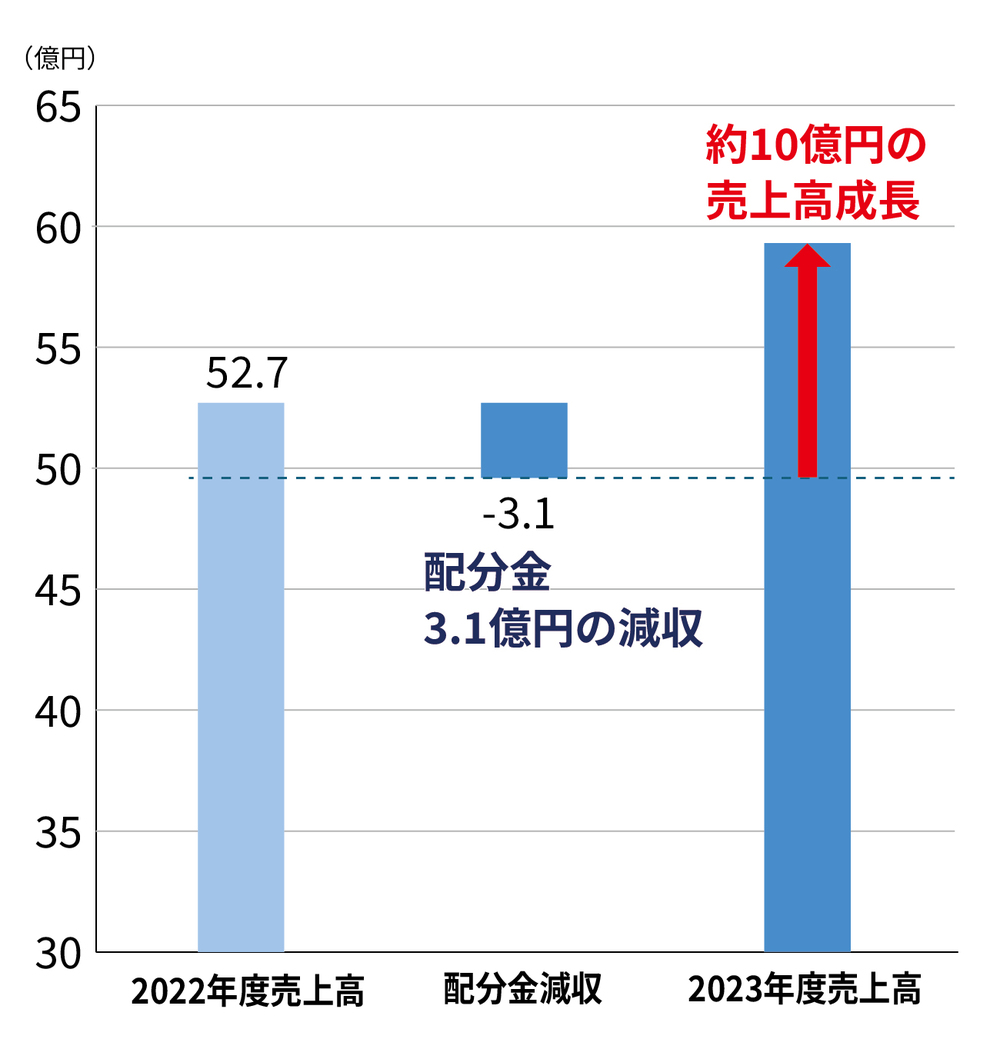
- There was a discussion about shifting the focus of schools from promotional activities to business. How about the academy? A new initiative called "Academy Supporters" has started for fans and supporters.
Kawagishi Until now, we have been supported by fans and supporters in the form of a club support member. However, in reality, it was a program similar to a fan club organization. Therefore, we have adopted the idea of aligning the reality and content, and have changed the previous program to an official membership. On the other hand, we have also received voices expressing a desire to support the academy, and after discussing what would be the best form, we have renewed it as an academy partner and academy supporter.

──What are the differences between this academy partner and academy supporter?
Kawagishi Broadly speaking, Academy Partners are for companies, while Academy Supporters are for individuals. We are moving forward while gathering various opinions on whether this structure is the best, but we have already received applications that are generally in line with our expectations, and I honestly think it is good that we have been able to start. To be frank, the actual costs of the academy activities are quite large, and if we look at that alone, it results in a significant deficit. In terms of nurturing players who will excel in the top team in the future, it is an important investment for the club, but on the other hand, while managing, it is also necessary to make efforts to expand the academy's activities while considering the deficit. By establishing a new program for those who wish to support the academy, we have started these initiatives to respond to that desire and to make the academy's activities more vibrant.
──What role does the academy play for the club? Last season, we received the J League Best Youth Development Club Award for the third time in six seasons.
Kawagishi Tokyo has a large population, and it can be said that there are the most children playing soccer in one of the prefectures. Although not all of our current academy students are from Tokyo, we believe that we have a mission to produce professional players as a club in the capital, taking into account such facts. Looking at the entire J-League in recent seasons, an average of 50-60 FC Tokyo Academy graduates have been playing as professional soccer players. I think this is a wonderful thing, and I also believe that we must maintain it as a permanent strength of our club.
Currently, when looking at the top team members, there are many academy graduates and the club is in a very good cycle. In terms of team composition, this is a very desirable situation. When acquiring players from outside, it is often necessary to pay a penalty for contract termination, but if you develop players, this is not necessary. Also, if there are many academy graduates, when it comes to acquiring players from outside, you can also spend a lot of money. We believe that having academy graduates perform at the top level is beneficial in many ways.
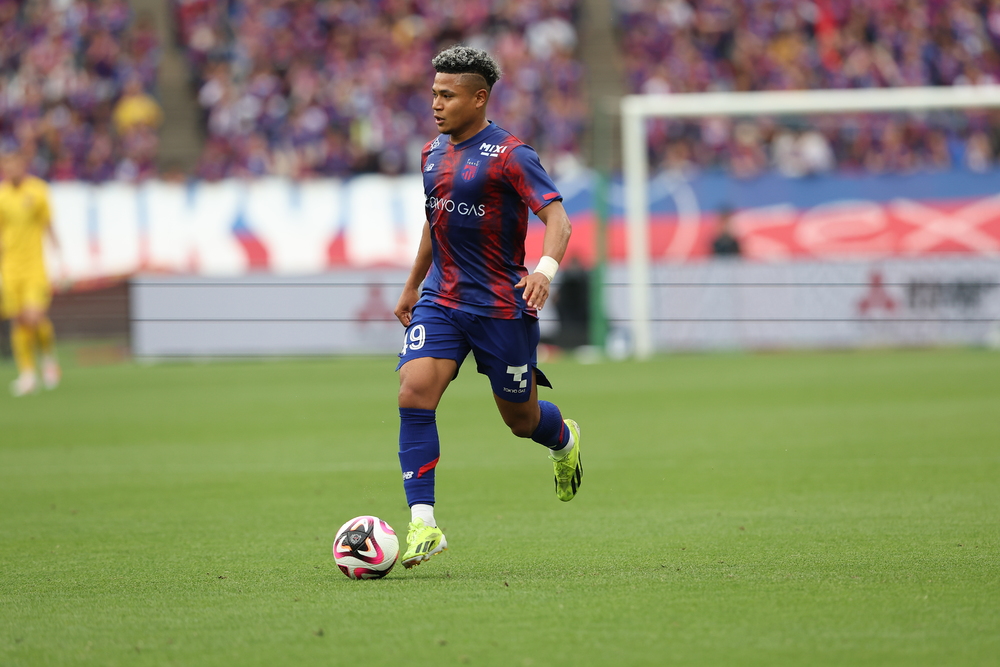
Kashif BANGNAGANDE
However, considering the structure of the world soccer community, the position of the J-League is not at the top. Players will inevitably aim for the top leagues in the world and there is a reality that they want to challenge overseas. Academy-trained players will also eventually have to go abroad. If that is the case, it is important for us to develop players and earn transfer fees. By reinvesting that money, it is extremely important for us to establish a cycle of developing players who can succeed in the world and growing the club.
The second part is here